A warm welcome to your favorite baking and dessert blog, where we elevate every day into an unforgettable experience! There is more to the constant debate of flaky pastry vs puff pastry and we are here today to demystify and delve into the layers of the pastry to understand what goes behind making both puff pastry and flaky pastry unique and, what are their unique differences.
Join me today as I explain in this blog post which one is better for your different pastry needs, considering the pros and cons of both flaky pastry and puff pastry. Just like you and many other baking enthusiasts, I was also interested in finding out which one fares better among the two, so below are my thoughts and insights that, I have gathered over the years.
Table of contents:
- Introduction
- Types of pastry
- Fat Used
- Baking methods
- Distinctions
- Recommended recipes
There are links on this site that can be defined as affiliate links. As an Amazon Associate, I earn from qualifying purchases.
Introduction to Puff Pastry:
Puff pastry is a laminated dough similar to Croissants and Danish dough. It has butter sandwiched between layers of dough. The unique method of adding butter to the dough and the lamination(resting between folds) creates a rich texture and flavor for the puff pastry while giving it a rise 8 times its original size once baked. The puff pastry gets the required rise without the need to use yeast or any leavening agents which is why, it is a baking marvel with light crispy layers that give you a melt-in-your-mouth feel.
Now you must be left wondering how the puff pastry rises so much without any leavening agents or yeast. Let me help you unravel the mystery here.
As you bake the puff pastry, the butter sandwiched between layers of dough starts to melt and releases steam. The steam released thus does not have any room left to escape, which is when it pushes against the layered dough and gives it a rise resulting in the beautiful flaky layers we all adore. Isn’t that amazzzzzing??
Fat Used:
I’ve used butter which is the most commonly used fat to make puff pastry or flaky pastry. Butter provides it with the melt-in-your-mouth feel and also provides rich texture and great aroma. Use butter if you want to make your puff pastries taste and feel great.
However, I’ve also seen puff pastries with shortening or puff margarine which is a cheaper alternative to butter. It is not that hard when refrigerated and doesn’t soften and melt at warm temperatures like butter. It coats the inside of your mouth which does not feel nice and low-quality bakeries often use shortening instead of butter compromising the texture and quality of puff pastries.
Baking Process:
There are different ways to bake puff pastries and most commonly they are used in puff pastries and mille-feuille. Mille-Feuille basically means a thousand leaves.
As a pastry chef, these days one of the things that I bake every evening is mille-feuille and it indeed is a beautiful experience and very therapeutic to build and bake it. Here are some pictures of my kind of therapy!
Puff pastries can be baked into tart shells, they can be blind baked, par-baked, or fully baked. Puff pastries are also often filled with filling so you can try your own version of my Vermicelli kunafa recipe instead of vermicelli you can use the filling inside the puff pastry after blind baking the puff. They are also used in flans and quiches like the Bacon Mushroom Spinach Quiche which is delicious.
Well, that was about the introduction of the puff pastry but did you know that there is not one but three different types of puff pastries available? Let’s know some more about these types because one question that gets asked more often when it comes to pastry is :
Is puff pastry the same as flaky pastry?
So let’s solve this once and for all!
Types of Pastry:
Classic Puff Pastry
Classic puff pastry is made by folding butter into the dough and then after the first fold, it is rested which here means the process of laminating the dough.
We must let the dough rest after folding the butter for the first time which is called the initial rest or first lamination. Then after adding butter and after every fold we need to let the dough laminate.
This description makes it look hard and daunting but it is all trial and error until you get your first masterpiece right and all the patience and time will be worth the final product.
Flaky Puff Pastry
You can call this the fast and furious version, well not furious but fast for sure. This is the second type of puff pastry that is also popularly known by different names like Blitz puff pastry and rough puff pastry. Blitz is also the German word for lightning which refers to how fast this can be made as compared to the puff pastry.
In this puff pastry, we mix chunks of butter in the dough and then give the dough rest and fold. So we are not folding the butter inside the dough, but with the dough itself. Sounds easy, well it is, you can check my 15 minutes Flaky Pastry Recipe to make your own.
Unlike the classic puff pastry, this one has less amount of effort in the dough-making process making it ideal for beginners. However, this less effort comes with a compromise on the texture and rise which cannot be compared to the classic puff pastry.
Despite the texture blitz puff pastry or rough puff pastry makes it popular among those looking for easier and time-saving alternatives. So you know you should try blitz puff pastry if you’re running short on time and want to enjoy homemade pastries. This is what I used for making my Bacon Mushroom Spinach Quiche recipe because it was so hot in my place, that making a traditional puff pastry would be a pain in the ***…haha yaa!
Reversed Puff Pastry
So in the previous two ways of making puff pastry, you saw that we folded the butter inside the dough and left it to rest. However, in reversed puff pastry we take the butter and layer it on the outside of the dough. So we are rolling the butter out with the dough inside. Of course, it is not possible to just work with butter. Therefore, we mix the butter with flour and then shape it into a block. This we roll out and use to lock the dough inside.
The good thing here is that pastry can be prepared and baked without any final rest as it shrinks less than the classic puff pastry.
Difference between Flaky pastry and Puff Pastry
Now we will discuss more on the difference between these pastry types based on different attributes concerning their preparation.
Reversed puff pastry is the less commonly used one among the three types of pastry and since this blog is aimed at beginners we will stick to the most common types which are puff pastry and flaky puff pastry. If you’re new to baking, don’t forget to check out our 11 Best Baking Tips for Beginners to help you along the way.
Level of Difficulty
Based on the level of difficulty classic puff pastry seems more daunting due to the intricacies of the folding technique which requires a high level of skill and patience on your part.
You also need to ensure that there is consistency in the temperatures of both the dough and the butter to achieve success in making puff pastry. In all, it is a consistent effort of trial and error and not stopping until you get it right.
On the other hand flaky pastry is much easier as instead of folding the butter in the dough, we’re gently rubbing it in. For the flaky pastry, we cut chunks of butter and mix it in the dough by gently rubbing it resulting in those effortless flaky layers.
Lamination
In Lamination the difference is negligible, as it depends on the chef who can laminate both the pastry doughs in the same way.
Lamination of puff pastry can become difficult as you need to ensure that both the dough and butter are at the correct temperature. If the butter turns out to be too cold it will crack and if the butter is too hot then it will start to ooze out from the dough and then you won’t be able to laminate if either happens.
With flaky puff pastry, we do not have this problem as the butter is mixed with the dough. Please ensure that the dough is chilled though.
Fat Used
Similar to lamination there is no difference in this part as you can either use butter or shortening as the fat. Butter always fares far better because of the rich taste and aroma it provides to the pastry.
Baking Process
The baking process is almost similar for both types. However please note that flaky pastry will not rise as much as the classic puff pastry. The classic puff pastry has thousands of layers because of the process of folding the butter in the dough and then resting and following this process multiple times. During the baking process, the melted butter creates pockets of steam within the dough, which results in the significant rise of puff pastry.
The rough puff pastry on the other hand does not have as many layers. When you compare both of them in size you will see that the puff pastry has risen up a lot than its original size however flaky pastry has not risen much. However, it doesn’t compromise on the taste as you can easily use flaky pastry for quiche or tarts or for napoleons.
General Usage of flaky pastry vs puff pastry
Classic puff pastry is incredibly versatile and can be used to create a variety of sweet and savory treats like mille-feuille, tarts, pockets, Vol-au-Vents, pinwheels, cheese straws, etc,
Rough puff pastry or flaky pastry can be used to create tarts, quiches, napoleons, flan, and cream horns with this filling, while on the sweet side, don’t miss out on trying our indulgent 5-ingredient Biscoff Cheesecake recipe which is perfect as a filling for the flaky pastry! I’m thinking of the creamy cheesecake inside a flaky buttery bowl of goodness! Brb, about to go make some myself!
Time Taken
Classic puff pastry takes time and patience because you’ve to rest and chill the dough for at least every 30 minutes every time you do a lamination, starting from the first.
And as I said earlier in the blog flaky pastry is the faster and quicker one as the process is less complex and it takes way less time. For the flaky puff pastry, you skip the entire first folding and you go ahead with lamination after you rub the butter in. So just two laminations and you’re done, which is why flaky pastry is a time-saving method that gives you pretty decent results.
I have referred to different resources while I wrote this blog post so my inspirations were from various sources like ‘Professional Baking 6th Edition’ by Wayne Gisslen, my personal experiences, and the invaluable wisdom shared by numerous talented chefs I’ve had the privilege to learn from.
More simple and fun recipes you’d like to try:
Best Ever Steamed Chicken Bao Buns Recipe
Kunafa with cream recipe
Mango ice cream- no churn, no egg, 3 ingredients
FOUND IT HELPFUL?
Tag @alishasdessertsafari on Instagram and hashtag it #alishasdessertsafari
Don’t forget to Subscribe to get exclusive well-curated value-packed mail twice every month that you wouldn’t want to miss out on!
Follow me on Instagram to get more BTS, baking tips, launches, and daily updates.
I hope you found my post “Flaky Pastry vs Puff Pastry” helpful. If you have any queries, feel free to post them in the comments below.
Thank You.

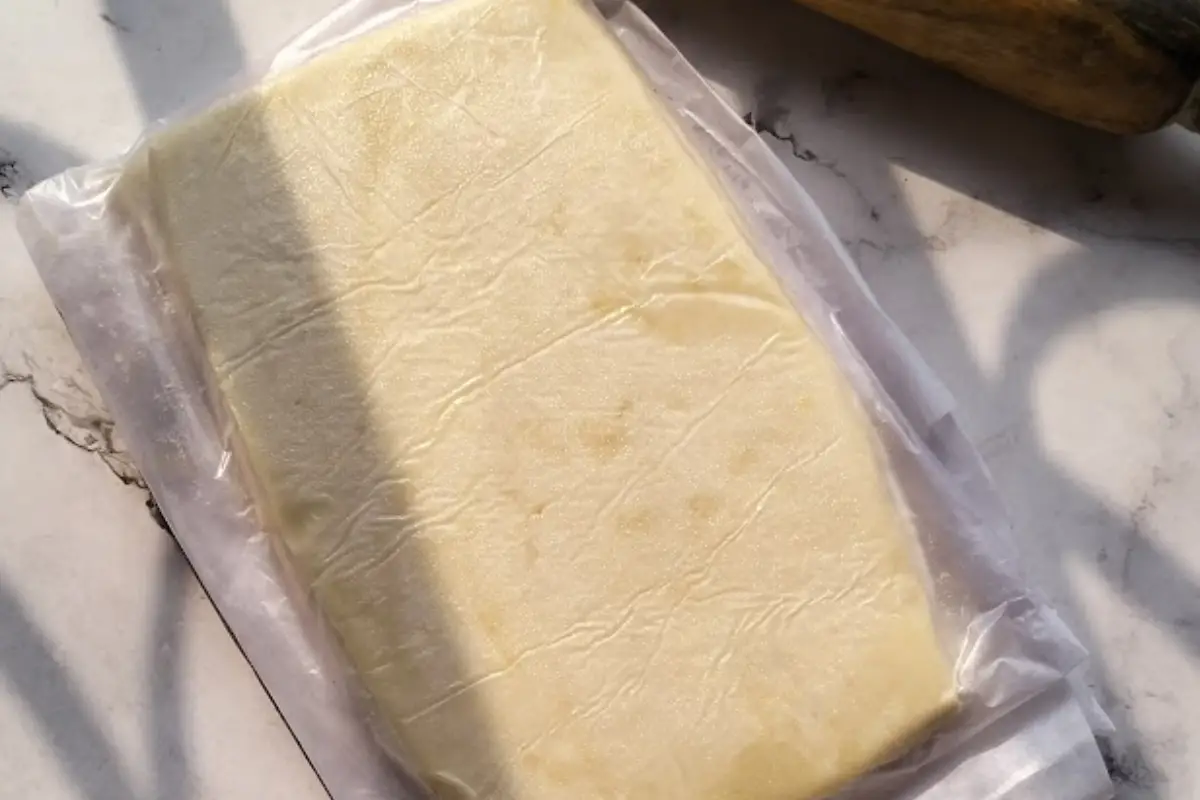

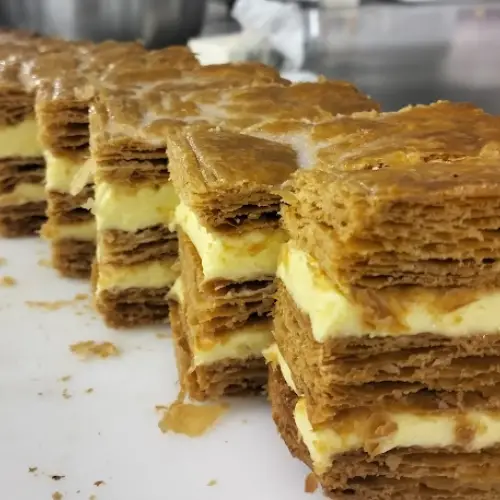
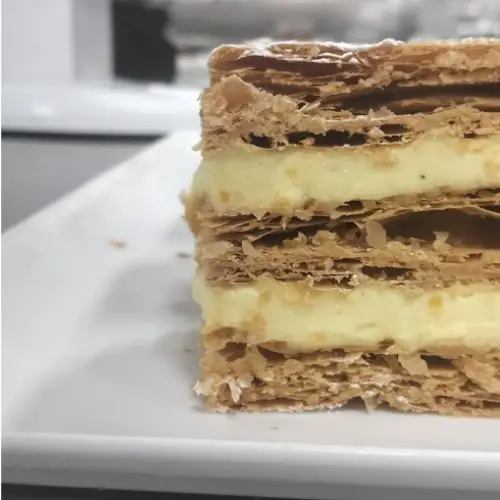
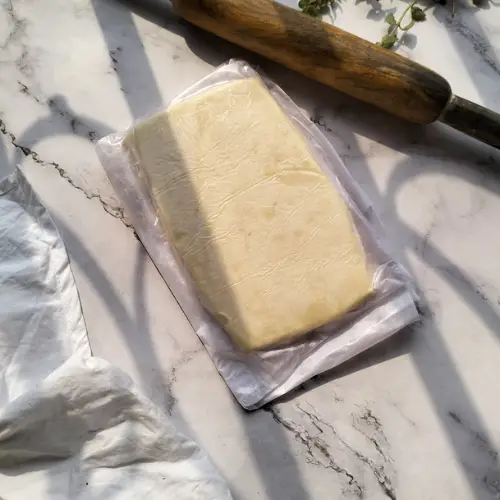
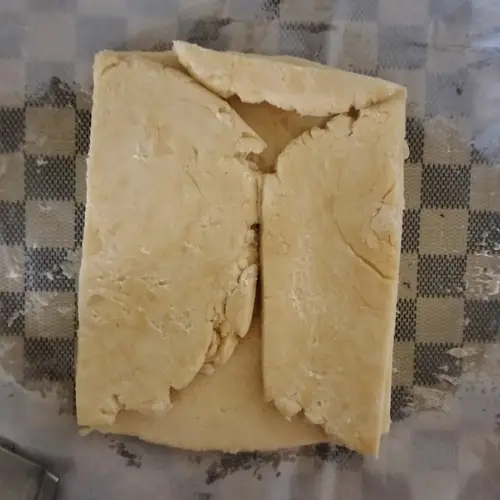
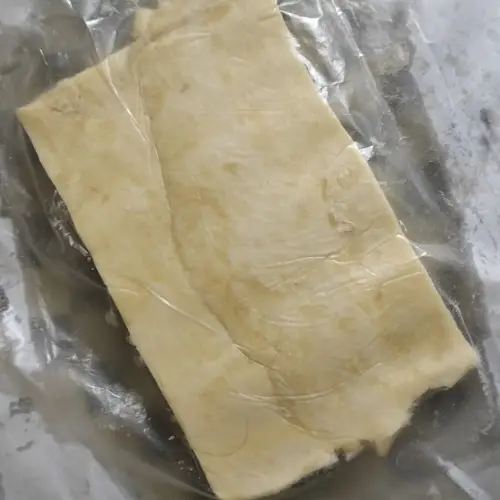


1 thought on “Flaky pastry vs Puff Pastry”